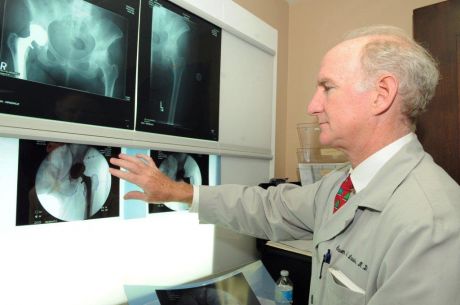AARP Hearing Center
Hip and Knee Implants: Old Ones May Be Better Than New Ones
By Candy Sagon, December 27, 2011 09:00 AM

When it comes to artificial hip and knee joints, new doesn't necessarily trump old.
A five-year Australian study has found that the newer hip and knee replacement joints, including the metal-on-metal hip implants, are performing no better than the older, less expensive devices that used plastic.
In fact, 30 percent of the new joints are performing worse than the older versions, researchers found.
The study, published in the Journal of Bone and Joint Surgery, looked at Australian patient data on new hip and knee implants from 2003 to 2007, comparing their performance rate to that of three best-performing older devices.
The study's findings are striking: None of the new joint implants performed any better than older versions.
While about 70 percent of the newer ones performed equally well, 30 percent of the newer hip implants and 29 percent of newer knee joints did worse, the study found, requiring patients to have repeat surgery.
The study's results has implications for the U.S., where 700,000 Americans undergo hip or knee replacement annually. That number is expected to rise as the population ages.
The Australian researchers concluded that the new devices were not only potentially detrimental to patients, they also were contributing to increased health care costs.
The problem, the researchers wrote, is that many new artificial hip and knee joints are being introduced with "limited or no clinical evidence to justify their use." Insufficient testing of new devices also makes it difficult for surgeons to compare their performance with established devices with longer track records.
Other studies have also questioned the benefits of newer hip joints.
Just this past November, a study of hip implants commissioned by the FDA found that new versions, including all-metal and all-ceramic implants, were no better than the older ones that used metal or ceramic with plastic.
Photo credit: triblocal.com































































